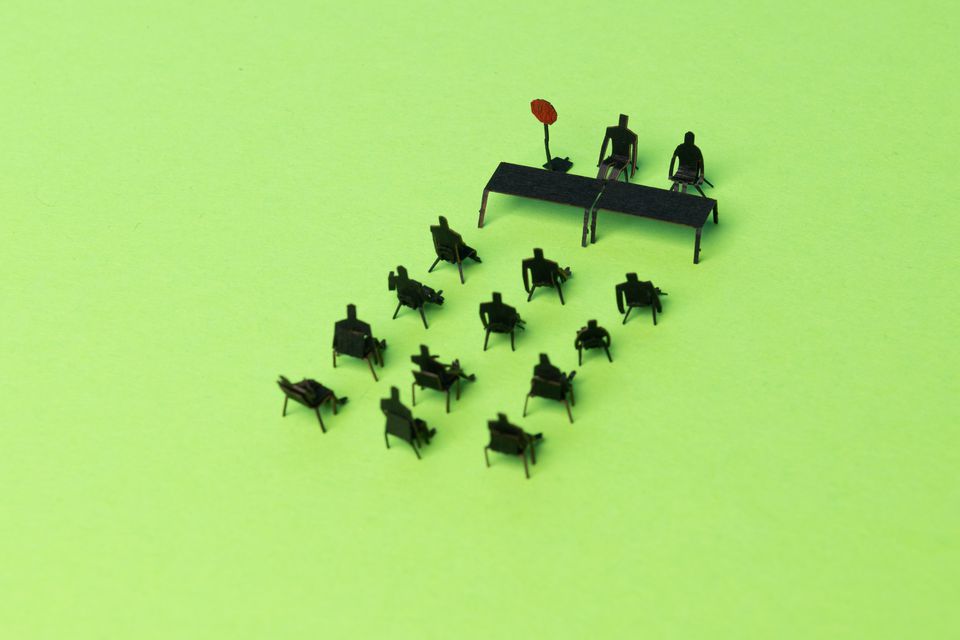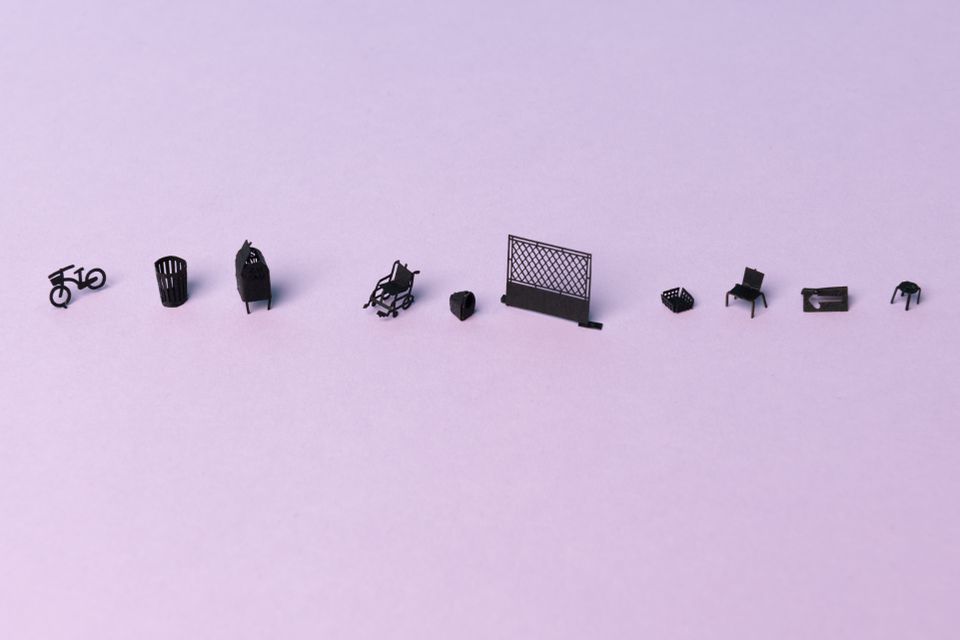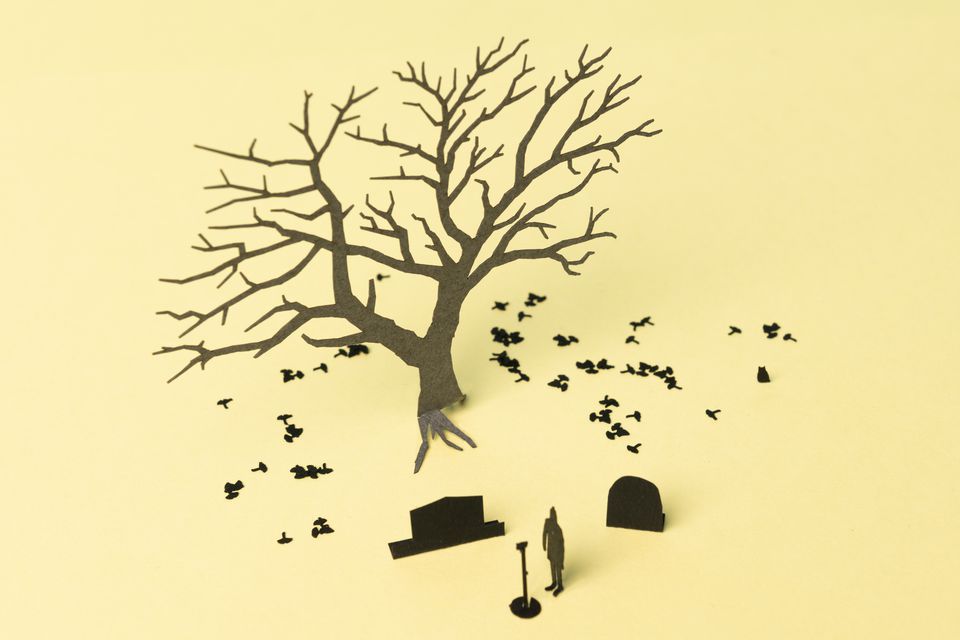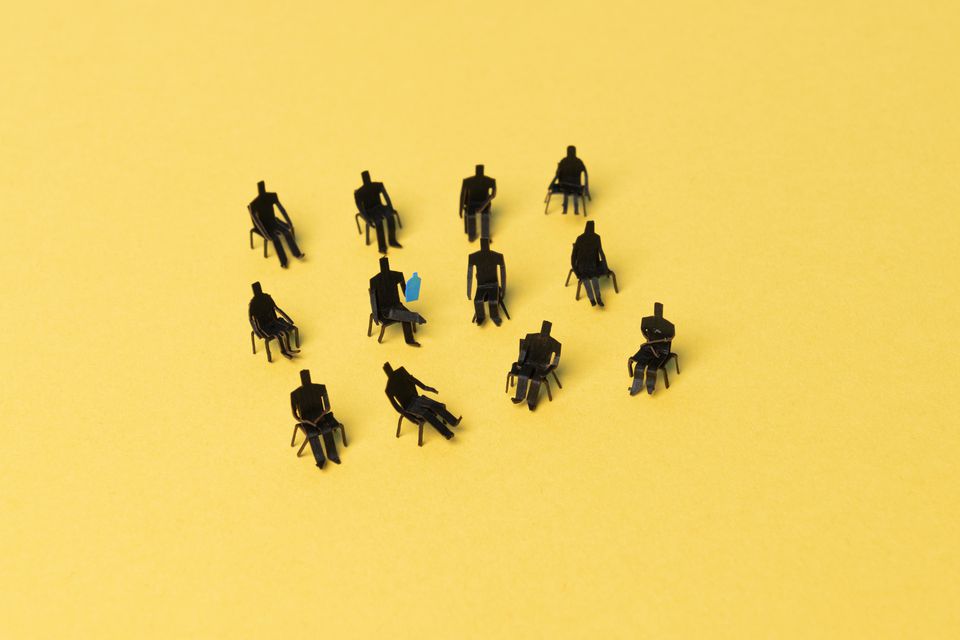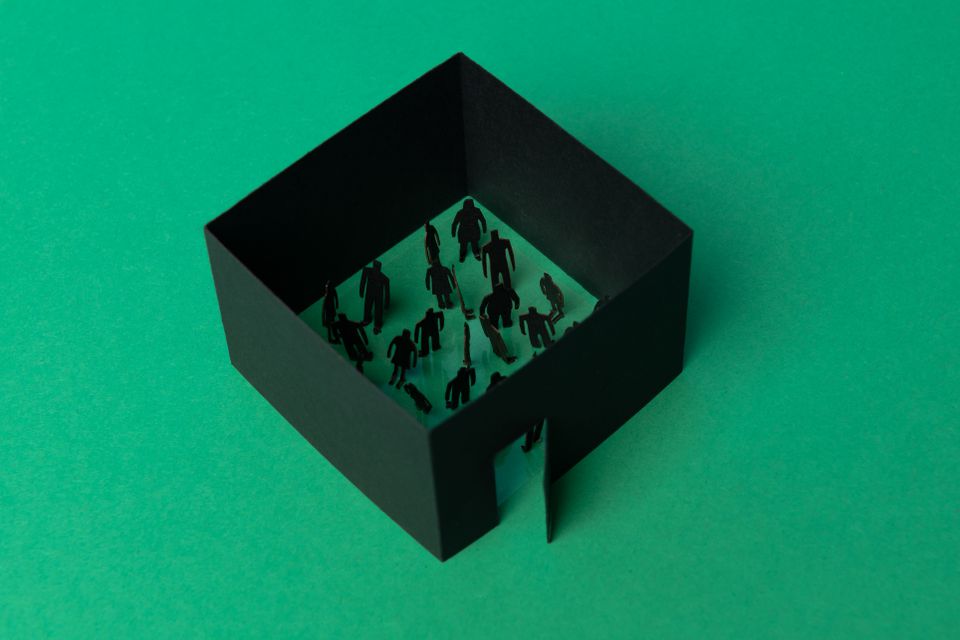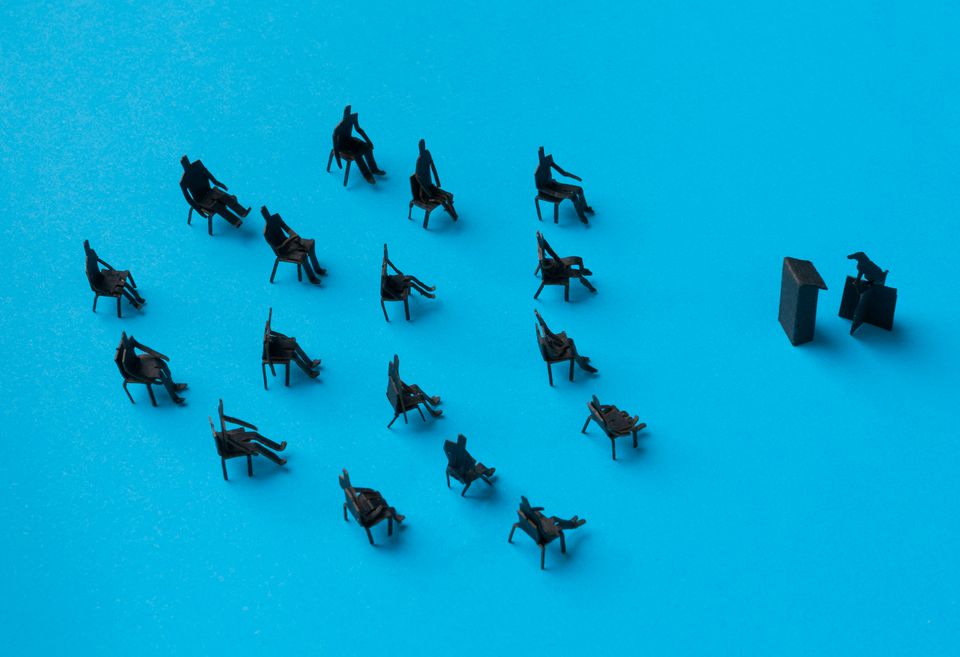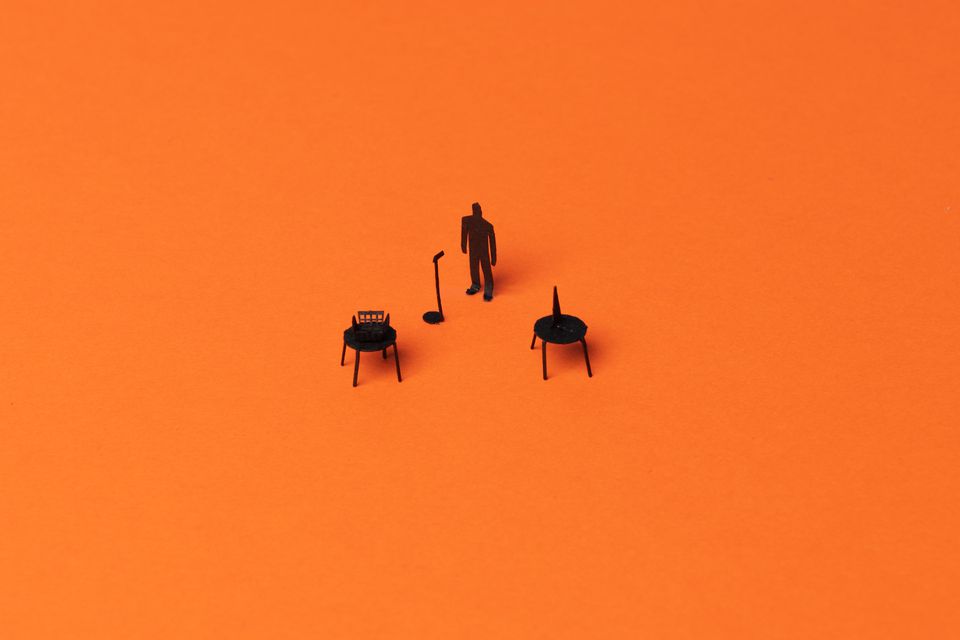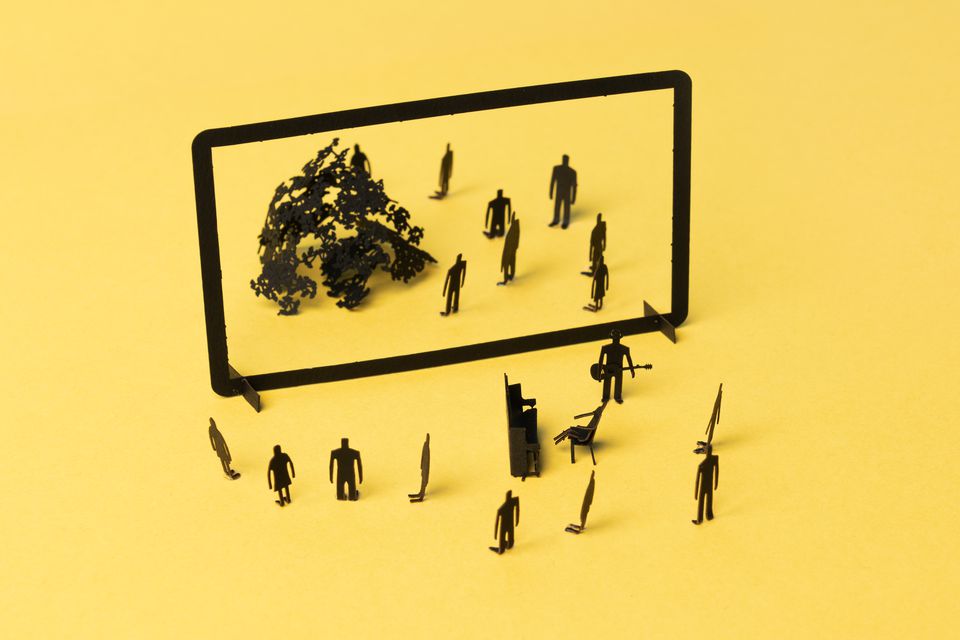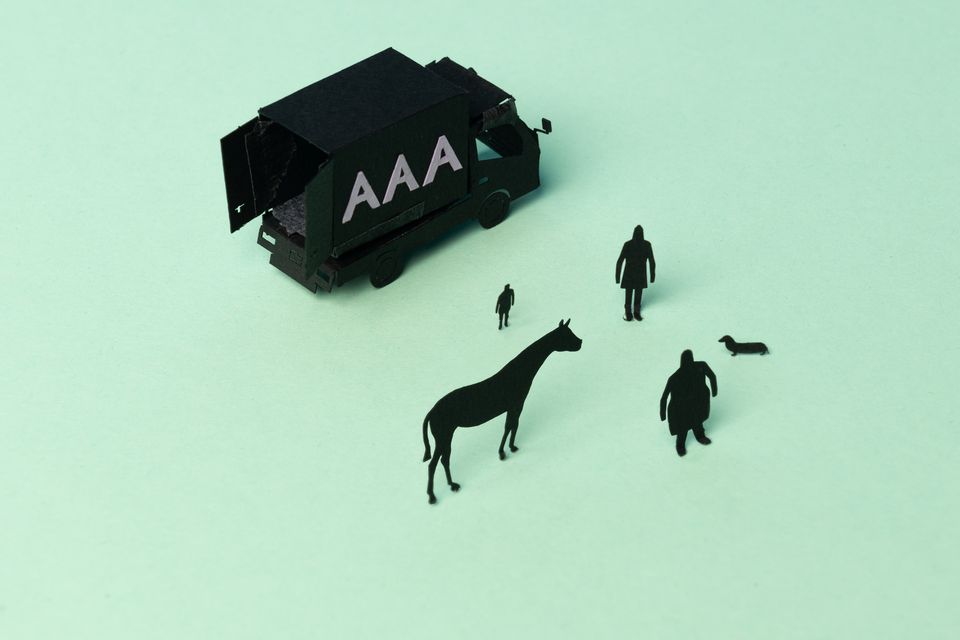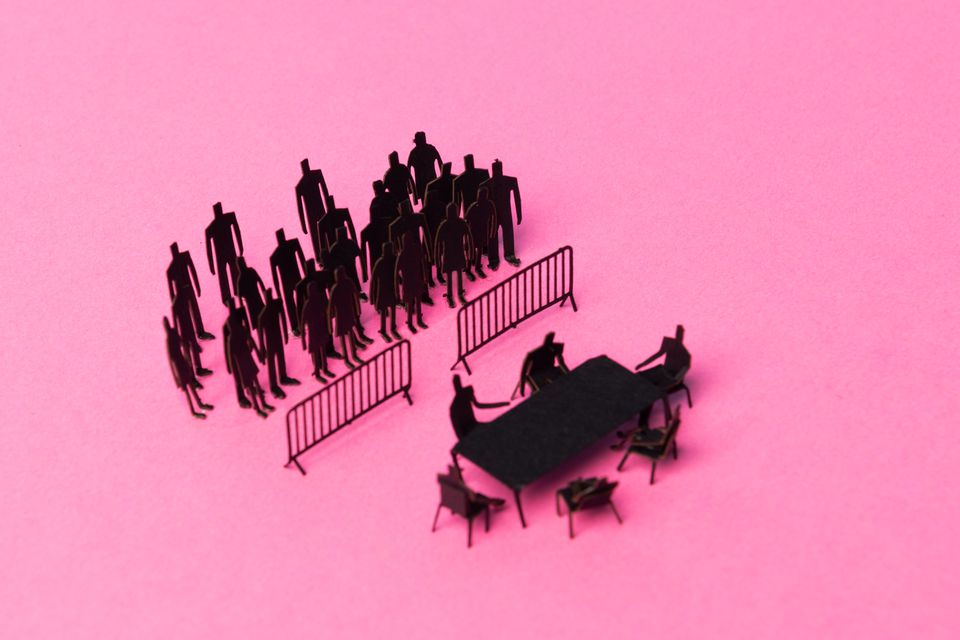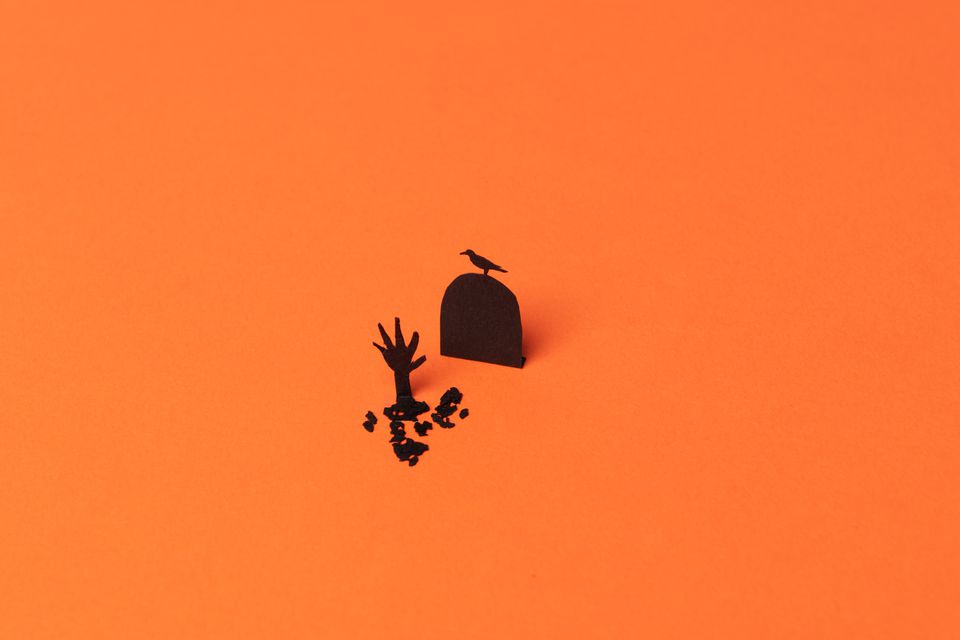How to: disturb the public
An eventful cookbook for cultural agitators by Lev Bratishenko, Laura Serejo Genes, Meneesha Kellay, Liu He, Sebastian Elias Kurth, Stephen Kwok, Mariana Pestana, Esteban Salcedo, Agustin Schang, and Gabriela Aquije Zegarra
When a normal day includes both collective protests and individual experiences of digital content on couches, it becomes harder to predict turnout—making it more significant when we do turn out (and where). Yet despite a proliferation of hosts producing events about architecture—from palatial cultural institutions traditionally oriented toward education, to nomadic producers who just want to leave a good-looking digital corpse for others to consume—it is remarkable how standardized public program formats remain.
In an effort to defy this standardization, a group of cultural agitators from around the world gathered to reimagine what an institutional event can be, which publics it can serve, and how. Over eighty-four hours, we demystified the models of the conference, the panel, the talk, and the tour. We interviewed artists, architects, performers, curators, and academics whose work defies normalized relations between institutions and publics. We remixed existing typologies, invented new needs, and imagined future constraints. We mapped participatory practices and analysed their structures. We listed tools and designed spaces, and then we came up with new formats. They are compiled here as a list of recipes. Some are very easy to cook, others take more commitment. The level of spiciness suggests their capacity to disturb.
Institutional friends, including the M+ in Hong Kong, ArkDes in Stockholm, CCB Garagem Sul in Lisbon, and the Flemish Architecture Institute in Antwerp, have agreed to read this cookbook and select formats for appropriation and re-enactment.
We welcome open use of this recipe book. If you decide to prepare one of these recipes, please email us a picture and a note about the result. If you share in on social media, please use #howtodisturb.
1. Bleep panel
Good for deprogramming
Spice level: 🔥
Duration: 1 hour
Serves: 10-50
Ingredients
- One suffix or a prefix that is overused in architecture (for example, “-ism”, but please adjust to the working language of the lecture. Optional: select a word, like “articulation,” instead.)
- One topic for discussion
- Two or more panelists
- One moderator
- One bleep sound-effect machine
Instructions
1. The moderator announces the discussion topic, and a suffix to be avoided for today (and explains why that suffix was chosen).
2. The panelists discuss as normal.
3. If a panelist uses the suffix, the moderator uses the bleep sound.
4. The moderator then invites one audience member to rephrase what the panelist was saying.
5. At the end of the event, the panelist who got the most bleeps receives a coupon to speech therapy and must give a 3min final talk to explain their behaviour or apologize.
2. Minimum cost stories, or ten books for ten bucks
Good for re-contextualizing architecture
Spice level: 🔥
Duration: 1 week for shopping, 1 hour for the event
Serves: 10-100
Ingredients
- One architectural expert
- Ten CAD or equivalent purchasing power in local currency
Instructions
1. Give the expert ten CAD and one week to assemble an architecture reader using only this budget to acquire books. The reader can represent a new history, a contemporary argument, or something else (optional: they bind the reader into a new book).
2. The expert gives a talk explaining their reader.
3. Give me that corpse
Good for putting exhausted narratives to rest
Spice level: 🔥
Duration: 1 hour
Serves: 10-200
Ingredients
- One architectural expert
- One microphone and one speaker (recommend wireless for mobility)
- Funeral attire
- Coffin (optional)
Instructions
1. Invite an expert to select a common architectural idea (for example, the use of marble) that is strongly associated with one country (for example, Italy) to the point of being a cliché.
2. The expert performs an exhumation of the selected concept, explaining why it never belonged there in the first place.
3. The expert performs a re-burial of the concept in another country, explaining why the new burial site is more appropriate.
4. Thirsty
Good for opening the floor to new speakers
Spice level: 🔥
Duration: 1.5 hours
Serves: 35
Ingredients
- One room with chairs, all facing the same direction
- Invited panelists
- As many large water bottles as there are panelists
- At least one usher to guide the event
Instructions
1. The panelists (without their bottles) and audience enter the room at the same time and seat themselves randomly.
2. At seven minutes past the designated start time, an usher hands a large water bottle to an audience member with the instruction to “pass it along.”
3. Wait until the bottle makes its way through the audience and reaches a panelist (if helpful, the panelist can ask for water).
4. That panelist begins their presentation. The panelist can encourage the audience to rearrange their seats to face them.
5. The usher, after fifteen minutes, sends a second water bottle into the audience. This action warns the first panelist that their time is coming to an end.
6. Anyone holding the water bottle may speak (as a prompt, the usher can ask a question while holding the bottle). If someone tries to speak while not holding a water bottle, the panelists should ignore them.
7. The second panelist begins to speak when they receive their water bottle.
8. Continues until all panelists have had a chance to speak.
5. State of the Room
Good for measuring urban pressures
Spice level: 🔥🔥🔥
Duration: 7 hours
Serves: The maximum legal occupancy the chosen room
Ingredients
- One room in an institution (we recommend a room with a window)
- One microphone on a stand
- Two speakers inside the room
- Food and drinks
- Partnership with a radio broadcaster
Instructions
1. Announce the event and an open call for participants.
2. Set up the chosen room with a microphone, speakers, and catering table.
3. At 10am, welcome participants by announcing: “Thank you for joining us at
4. Leave the room.
5. Provide food and beverages throughout the day; the participants can only leave the room to go to the toilet or smoke.
6. At 4pm, turn the microphone on to begin the radio broadcast.
7. The event ends at 5pm.
6. Sorry, we lost your PowerPoint...
Good for disturbing architects
Spice level: 🔥🔥
Duration: 1 hour
Serves: 10-200
Ingredients
- One architect who wants to give a talk about a building they designed
- Potential photographers with different perspectives on the building (for example, the event organizers, a cleaner or maintenance worker who works in the building, the building client, a professional photographer instructed only to photograph building details smaller than 15cm, an animal wearing a camera)
Instructions
1. The organizer selects a photographer from the list (optional: commission several photographers for a longer slideshow).
2. The photographer is commissioned to photograph the building and submit forty images.
3. The architect is informed, when they arrive at the venue, that their PowerPoint is missing or corrupted. They must give the talk only using the forty images provided by the organizer.
7. How did you two meet?
Good for generating new narratives and reinvigorating sleepy archives
Spice level: 🔥
Duration: 1 hour
Serves: 2-100
Ingredients
- The oldest employee of an institution
- The youngest employee of the institution
- One table for displaying objects (or a projector, if the objects are represented digitally)
- One microphone
- One architectural expert
- One architectural collection (if your institution does not have a collection, you may use ours)
Instructions
1. The expert selects two objects in the collection, one created in the year of the oldest employee’s birth and the other created in the year of the youngest employee’s birth (this recipe can be adapted for alternative pairings, for example, the most newest acquisition and the oldest one, the biggest object and the smallest one, the most and the least valuable).
2. The expert narrates an architectural history from one object to the other.
3. The event begins with an introduction to the curatorial format before revealing the narrative between the objects (optional: include relevant information such as the biographies of each of the oldest and youngest employees).
8. Slow fade
Good for holding the audience captive
Spice level: 🔥
Duration: As long as it lasts
Serves: 30
Ingredients
- At least three public events scheduled by the institution (for example, an exhibition tour, a panel discussion, and a concert)
- All the tools and materials needed to produce the selected events
- One technical support crew (A/V, events team, interns, etc)
Instructions
1. Analyse the set-up and breakdown procedures of the chosen events.
2. Create a new production schedule that sequences the events back-to-back.
3. Work closely with the support crew to choreograph transitions between events so that they flow seamlessly from one to the next. They should have no clear beginnings or ends (for example, the participants of an exhibition tour include the panelists of the panel discussion, and a musician. The tour begins normally but ends at an event space set up for a panel discussion, upon which panelists emerge from the tour and take their seats. During the panel Q&A, the musician poses a question by playing a song on the guitar, beginning their set).
4. Share the production schedule with all event participants.
9. Acronyms Anonymous
Good for making new friends
Spice level: 🔥🔥🔥
Duration: 1 day
Serves: Conference attendees; public audience
Ingredients
- Institution(s) sharing the same acronym as the host institution, preferably from the same country (for example, the CCA shares its acronym with the Canadian Construction Association, the Canadian Chiropractic Association, the Canadian Celiac Association, and the Canadian Cartographic Association)
- One conference room that includes everything for standard conference (for example, tables, chairs, projectors, microphones)
- One auditorium or other public presentation space that includes everything for a standard talk (for example, tables, chairs, projectors, microphones)
Instructions
1. Establish partnerships with at least two institutions sharing the same acronym as the host.
2. Solicit representatives from each institution to attend a day-long conference.
3. Establish the aim of the conference: to better understand each field through the lens of the other. Use the methodologies and expertise of one as a revealing metaphor for the other (for example, how can a chiropractor diagnose a building? How can an architect draft a plan for a Celiac’s diet? How can the Celiac teach a chiropractor about illness visibility?).
4. At the end of the conference, an event is held to reveal the day’s findings to the public.
10. Institutional Performance Festival
Good for institutional exhibitionism
Spice level: 🔥🔥🔥
Duration: 1 month
Serves: 10-100
Ingredients
- One internal institutional calendar
- Staff
- Hosts (chosen from staff)
- Spaces within the institution
- Elevator music
- Up to one hundred wireless headphones with two channels
- One table microphone and mobile speaker system with two channels
- One curator
- Optional: one video camera on a tripod, and a website for video streaming
Instructions
1. Invite the curator to select events from the institutional calendar. These events are open to the public and become performances. The events should be varied (such as an interdepartmental meeting, conservation discussion, research in the archives, building maintenance tasks, deliveries, etc.).
2. All events take place where they usually do.
3. Set a maximum audience for each event.
4. Set up a ticketing or sign-up system.
5. Advertise the festival.
6. Prepare each performance by setting the stage with chairs and microphones for the meeting participants (optional: if the room is very small, video camera and web streaming may be used.)
7. Hosts welcome the audience to the event, explain the rules, and take them to their seats.
8. Staff have their meeting.
9. When confidential information is discussed, the staff can switch the microphone channel to elevator music.
10. At the end of the performance, an usher collects the headphones and encourages the audience to come to the next meeting.
11. Cancel culture
Good for resurrecting a troubled past
Spice level: 🔥🔥🔥
Duration: 2-3 hours
Serves: Many
Ingredients
- One event previously cancelled by an institution (ideally due to a controversy)
- All the ingredients needed to produce the original event
- Contemporary substitutions are acceptable (for example, if the original speaker has died) and encouraged (for example, a historical conversation is re-enacted with the addition/substitution of contemporary terms)
Instructions
1. Restage the event
Method and thanks
These recipes were produced across eighty-four hours, including twelve hours of interviews, two walls of ideas and reactions, fifty-six pages of notes with over twenty-thousand words. It was only possible through the exhaustion and dedication of the participants and the generosity of the interviewees: Eric Ellingsen, Rosa Ferré, Liza Fior, Morgan Green, Miranda July, Matylda Krzykowski, Michael Portnoy, John Spelman and Christopher Heuer, Pilvi Takala, Tuomas Toivonen, Keil Troisi and The Yes Men, Nene Tsuboi, and Joanna Warsza.
We also thank advisors, critics, and friends whose conversations shaped this project and made it possible: Julia Albani, Giovanna Borasi, Francesco Garutti, Matthew Jesse Jackson, Will Jennings, Miguel Robles-Durán, Jane Taylor, Martien de Vletter, and Mirko Zardini,.
Special thanks for research assistance to: Carla Rangel, Melania Grozdanoska, Hannah Strothmann, Keren Keunberg
How to: disturb the public was directed by Lev Bratishenko, Curator, Public, CCA and Mariana Pestana, architect, independent curator and co-director of The Decorators.
How to is a series of accelerated annual residencies that bring small teams together at the CCA to produce a new tool—physical, digital, or somewhere in between—and rapidly begin to address a specific opportunity or need.
